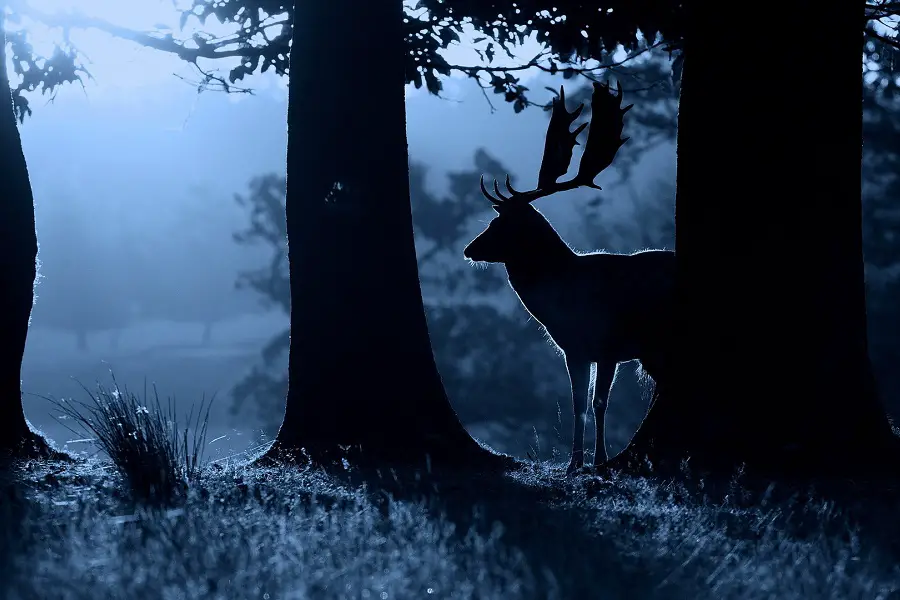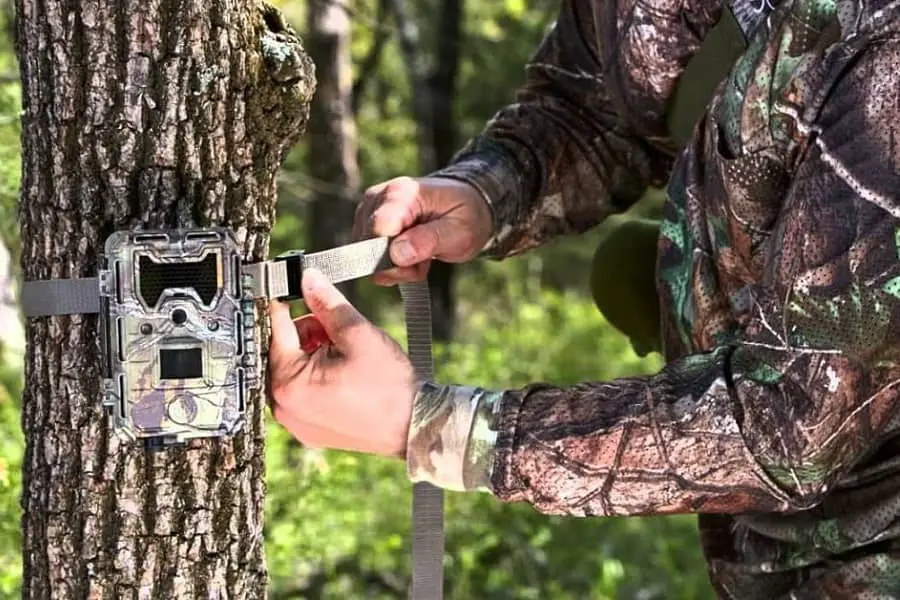Do you ever find yourself lying in bed at night, looking out the window and wondering if deer are nocturnal?
Well, wonder no more! In this blog post, we will answer the question of whether or not deer are indeed nocturnal.
We’ll look into what makes them active during certain times of day and how to spot a nocturnal deer.
Plus, learn about their diet and discover ways to help protect your local deer population!
So grab some popcorn – it’s time to dive into all things related to “Are deer nocturnal”!
What is Nocturnality?
Nocturnality is the behavior of animals that are active primarily during the night.
This type of behavior is seen in many species, including birds, mammals, reptiles, and insects. Nocturnal animals have adapted to their environment by developing physical characteristics such as large eyes and ears that help them see and hear better at night.
They also have evolved behaviors such as hunting techniques or communication strategies that make it easier for them to survive in darkness.
Definition of Nocturnality
Nocturnality refers to an animal’s tendency to be most active during the hours of darkness.
It is a form of adaptation developed over time due to environmental factors like predation pressure or food availability.
Examples of Nocturnal Animals
Common examples of nocturnal animals include bats, owls, foxes, skunks, raccoons, opossums, moths and some species of frogs and lizards.
These creatures typically sleep during the day when predators may be more abundant or when temperatures become too hot for comfort.
By being active at night rather than during daylight hours, these animals can avoid competition with other species for resources like food or shelter while still taking advantage of available prey items which are often more plentiful after dark than they are during daytime hours.
Nocturnal animals benefit from reduced levels of UV radiation exposure which can cause skin damage over time if exposed too frequently without protection from fur or feathers.
Are Deer Nocturnal?
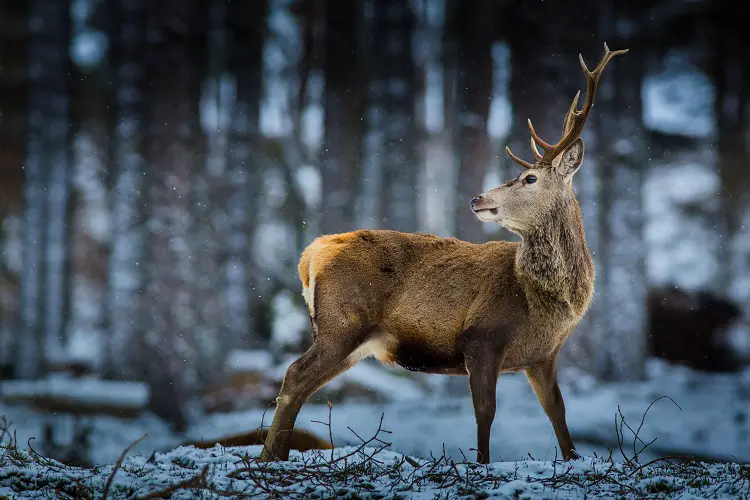
The answer to this question is not a simple yes or no.
While deer are generally considered crepuscular, meaning they are most active at dawn and dusk, their activity patterns can vary depending on the season and other factors.
Characteristics of Deer Behavior
Deer behavior is largely influenced by environmental conditions such as temperature, light levels, food availability, and human presence.
In general, deer tend to be more active during the cooler hours of the day when temperatures are lower and there is less direct sunlight. They also prefer areas with plenty of cover where they can hide from predators.
During the summer months when temperatures rise and food sources become scarce in some areas, deer may become more active at night in order to avoid heat stress or find additional food sources.
Factors That Influence Deer Activity Patterns
In addition to environmental conditions like temperature and light levels, deer activity patterns can also be affected by hunting pressure or human disturbance in an area.
When humans enter an area where deer live it can cause them to flee or change their habits in order to avoid being seen or hunted down by hunters.
Different species of deer have different behaviors that influence their activity patterns; for example white-tailed deer tend to be more diurnal (active during daylight hours) while mule deer are typically more nocturnal (active during nighttime hours).
When Do Deer Typically Sleep?
Most species of wild ungulates like deer will sleep for several hours each day, but they do not have a set sleeping schedule like humans do; instead, they take short naps throughout the day whenever they feel safe enough from predators or disturbances caused by humans.
Generally speaking, most species will rest during the hottest parts of the day when temperatures reach peak levels as well as late into the evening after sunset until just before sunrise when temperatures begin dropping again.
Understanding deer behavior is key to knowing when and where they are active. By understanding the characteristics of nocturnal deer activity, you can better spot and hunt them during the night hours.
How to Spot a Nocturnal Deer?
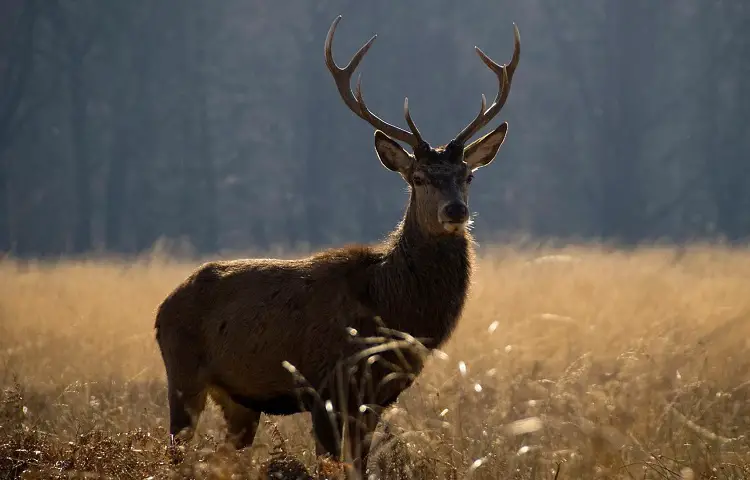
Spotting a nocturnal deer can be difficult, but it is possible with the right knowledge and strategies. During the daytime hours, there are certain signs to look for that may indicate a nocturnal deer in the area.
These include tracks or droppings near water sources, trails leading away from heavily wooded areas, and rubs on trees or shrubs. You may see evidence of browsing activity such as broken branches or bark scrapings on tree trunks.
At night when attempting to identify a nocturnal deer, you should focus your attention on its eyeshine which will appear as two glowing points of light reflecting off its retinas when illuminated by a flashlight beam.
You should also listen carefully for any rustling noises in nearby vegetation which could indicate movement from an unseen animal. If you have access to thermal imaging equipment this can be used to detect body heat emanating from hidden animals even in complete darkness.
Once you have identified where the deer is located, tracking them becomes much easier since they tend to follow predictable patterns during their nightly activities.
This includes staying close to cover while feeding and moving back into thicker vegetation after feeding has concluded so they can rest undisturbed until dawn arrives again.
When hunting these animals it is important not to spook them by making too much noise or moving too quickly since this will cause them to flee before you have time to react accordingly with your weapon of choice.
With patience and practice anyone can become adept at spotting and hunting these elusive creatures who inhabit our forests at night.
Once you have identified signs of a nocturnal deer during the day, use the tips and strategies outlined in this article to further your knowledge on how to spot them at night and track them for hunting.
What Do Deer Eat?

Deer are herbivores, meaning they feed on plants and vegetation. They have a varied diet that changes with the seasons and availability of food sources. Understanding what deer eat is important for those who hunt or observe them in the wild.
To ensure healthy populations it is important that adequate amounts of minerals are available within their diets throughout all times of year; especially calcium which helps build strong bones and teeth as well as phosphorus which aids digestion and metabolism processes within their bodies.
Vitamins A and E play key roles too; helping maintain good vision and skin health respectively while providing protection against disease-causing agents like bacteria and viruses – both vital components for maintaining overall wellbeing amongst any species.
Common Foods in a Deer’s Diet
A deer’s diet consists mainly of grasses, leaves, twigs, buds, fruits and nuts. In addition to these foods, deer also consume mushrooms, lichens and other fungi found on trees or near their habitat.
During winter months when food sources become scarce due to snow cover or cold temperatures, deer will often turn to bark from trees as an additional source of nutrition.
Seasonal Variations in Food Sources
As the seasons change so does the availability of certain types of food for deer populations.
For example during springtime when new growth appears on plants and shrubs it provides an abundance of fresh foliage which makes up most of a deer’s diet at this time of year.
Summer brings more variety such as berries which can be found along forest edges or meadows while autumn sees an increase in acorns which provide essential fats needed by growing fawns before winter arrives again with its scarcity issues once more..
How Can You Help Protect the Local Deer Population?
Humans have a responsibility to protect the environment and its inhabitants, including deer. By taking steps to reduce our impact on wildlife habitats, we can help ensure that deer populations remain healthy and abundant.
Ways to Reduce Human Impact on Wildlife Habitats
One of the most effective ways to protect local deer populations is by minimizing human interference in their natural habitats. This includes avoiding activities such as off-roading or building structures in areas where deer live.
People should be mindful of leaving food scraps or other waste behind when visiting parks or forests; this can attract predators which may disrupt the balance of an ecosystem and endanger local wildlife.
Strategies for Minimizing Human/Deer Interactions
When it comes to interacting with wild animals like deer, it’s important not to disturb them unnecessarily.
People should keep their distance from any animal they encounter in nature; if possible, observe them from afar rather than getting too close for comfort.
It’s also wise not to feed wild animals since this could lead them into becoming dependent on humans for sustenance – something that could put both parties at risk over time.
For those who hunt as part of recreational activities or subsistence living, there are some best practices that should be followed in order to maintain sustainable hunting practices while protecting local deer populations at the same time.
These include using appropriate weapons (such as bows) instead of firearms whenever possible; only harvesting what is needed; and following all applicable laws related to hunting within your region or state boundaries.
Doing so will help preserve healthy numbers of game species while ensuring responsible use of resources by hunters alike.
FAQs
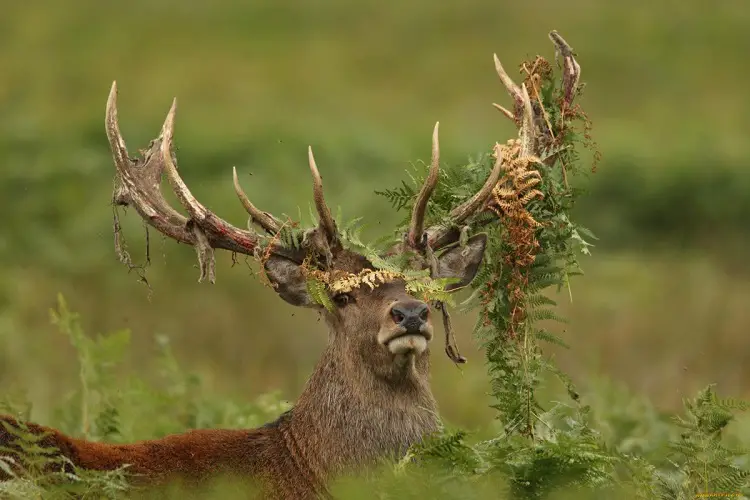
What time of night are deer most active?
Deer are most active during the hours of dusk and dawn. During these times, deer will move from their bedding areas to feeding grounds in search of food.
They tend to be less active during the middle of the night, as they use this time for resting and digesting their meals. However, it is important to note that deer activity can vary depending on factors such as seasonality and weather conditions.
Are deer mostly nocturnal?
Yes, deer are mostly nocturnal animals. They tend to be most active during the night and early morning hours when they search for food.
During the day, they rest in sheltered areas such as thickets or forests where they can remain hidden from predators. Deer also use their keen sense of smell and hearing to detect potential threats before emerging into open areas at night.
What time do deer go to sleep?
Deer are crepuscular animals, meaning they are most active at dawn and dusk. During the day, deer will typically rest in a shady spot or bed down for a nap.
At night, deer will usually sleep in an area with dense vegetation to provide protection from predators. Generally speaking, deer will begin to settle down for the night shortly after sunset and remain asleep until just before sunrise.
Do deer sleep the same place every night?
No, deer do not sleep in the same place every night. Deer are constantly on the move and will often change their sleeping locations to avoid predators or find better food sources
.
They may stay in one area for a few days before moving on, but they rarely remain in the same spot for more than a single night. Deer tend to be most active at dawn and dusk so they can use these times to travel without being seen by predators.
Conclusion
Nocturnality is an interesting behavior that has been observed in many species, including deer. Although some deer are active during the day and night, others may be more nocturnal than diurnal.
To spot a nocturnal deer, look for signs of activity at dusk or dawn such as tracks or droppings. Deer eat a variety of plants and fruits depending on the season and location.
By understanding their habits and needs, you can help protect local deer populations by providing them with food sources and avoiding disturbing their habitats.
Remember to always observe wildlife from a distance so you don’t disrupt their natural behaviors – like whether they’re nocturnal or not!
Resources:


